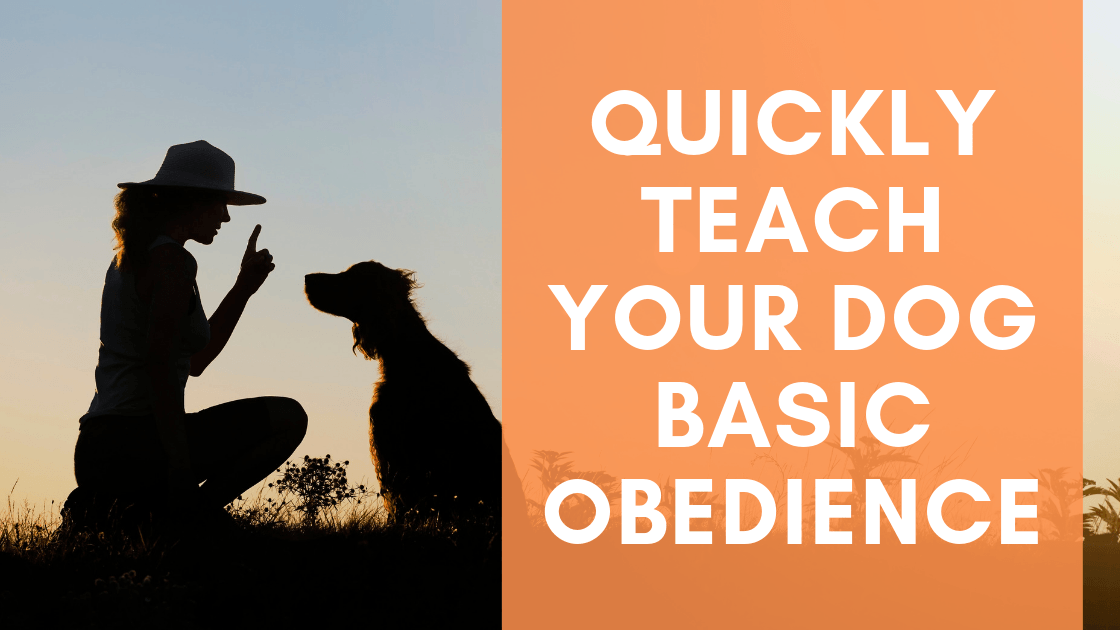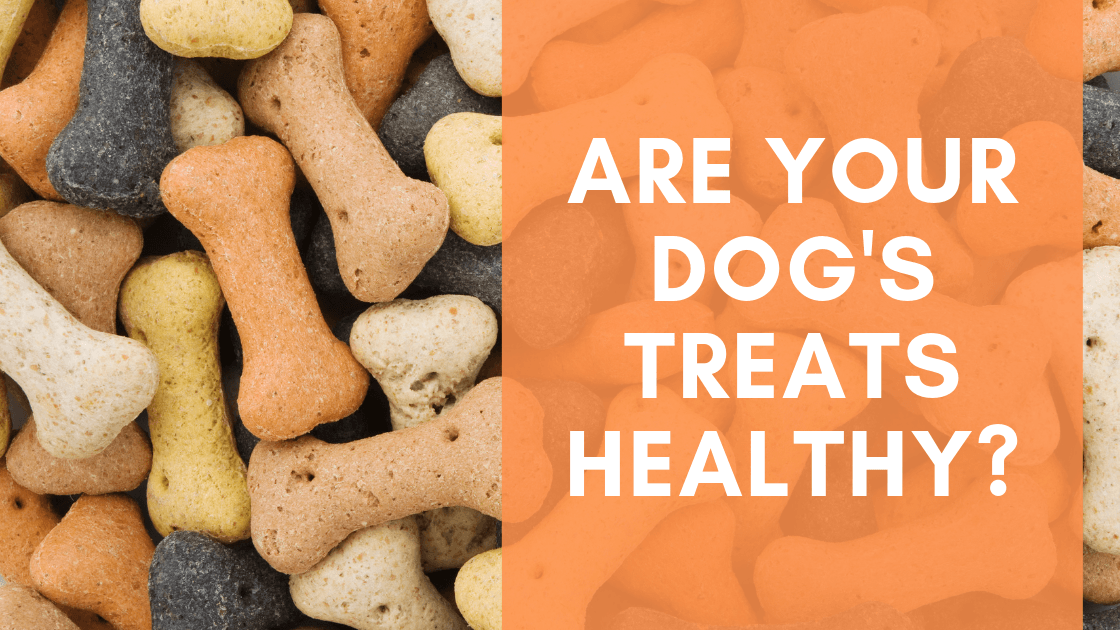Your dog’s sitting on the floor, her eyes boring into yours in her nightly plea to be allowed up on the couch. “Okay,” you concede to her. “Just this once.”
Excitedly, she lumbers up onto your lap, and – oof! Has she put on weight? Keep in mind that the right amount of daily exercise will play a role in weight management, but overfeeding is more often the culprit.
Caloric intake
One in four dogs is overweight, and you might not be aware of how many calories pass through your dog’s lips. In addition to her normal meals – twice daily for adult dogs – each treat, table scrap and rawhide adds up. One problem with many dog food labels is that they don’t include a calorie breakdown.
A study of 48 Labrador retrievers found that dogs given 25% fewer calories until age 3 lived two years longer than those fed so-called normal amounts. Wow, pretty shocking and easy way to help your dog live longer, am I right?
It’s an important balance to strike: You want your dog to be trim, not too skinny, so consult your vet before changing your dog’s diet. If you’re concerned your dog is lumbering toward obesity – a very real health problem that puts pressure on the joints and can lead to diabetes and heart disease – keep a food journal to track her diet, then make adjustments.
The amount of food you give your dog depends on age, how much activity she gets and her ideal weight. If you can’t ignore those puppy dog eyes and want treats to be part of her regular life, have her work for them. Maybe you hide a treat in a food puzzle toy (but be sure to supervise them with the toy) or only give it to her after a long walk.
A healthy adult dog’s waist should be easy to see along her back and her ribs easy to feel. Making an annual vet appointment gives your doctor the opportunity to check out your dog’s body and overall health as she ages.
The right ingredients
In terms of making sure your pup has the right meat, vegetables and grains in her food, “balanced diet” is a bit of a misnomer. Your vet can more reliably advise on portion sizes and ingredients to seek out – for example, large dogs at risk for arthritis need ingredients suited to protecting joints – as well as match a dog food to your budget.
It’s personal preference whether you want “byproducts” included in your dog’s food, too: Byproducts can include blood, bone, tongue and diaphragm, among other ingredients that often turn off humans, but it can also refer to nutrient-rich liver.
Looking for more details on choosing the right food for your dog? Don't miss this complete guide to picking the right dog food.
Changing to a new food
When you change your dog’s diet from one brand to another, be sure to incrementally get her used to her new food by mixing old and new for a week or so, gradually moving to 100% of her new food. Concerned about whether your dog likes her meals? Don’t be – It will be fairly obvious whether she enjoys chowing down or only eats out of necessity.
And if her food doesn’t settle with her stomach, well, that will make itself known, too: Be on the lookout for soft stool, vomiting or excessive gas. Her coat and energy level may change as well.



